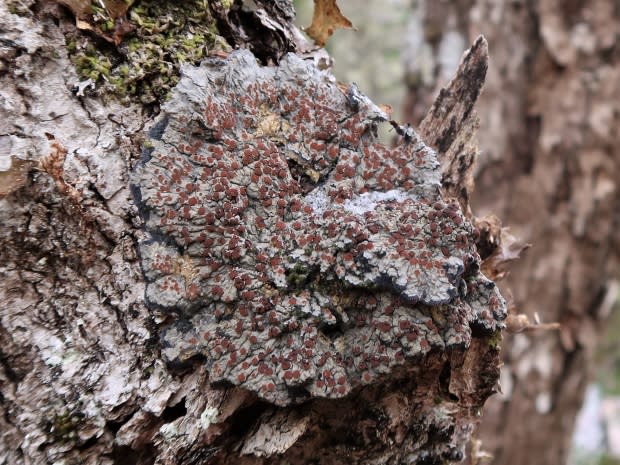Parks society would like to see composite organism have more protection from gold exploration
The provincial branch of the Canadian Parks and Wilderness Society is raising concerns over an area of the Avalon Peninsula where rare boreal felt lichen grow — and where Eagleridge International has permission to explore for gold.
"Because it's globally rare, and here it's kind of abundant, we kind of have to do our due diligence in protecting this piece," said Travis Heckford, a director of the Newfoundland and Labrador branch of CPAWS.
Boreal felt lichen is one of two cyano-lichens on the island portion of the province. Historically, the species has grown in forests across Sweden, Norway, New Brunswick, Nova Scotia and Newfoundland.
But due to land-use changes like forestry, roads and mineral development, Heckford said that the species has mostly disappeared from Europe and other parts of Canada.
Heckford said the Eagleridge gold exploration project is short-sighted, with the development happening in the middle of three protected land areas within the Avalon forest eco-region: the Salmonier Nature Park, Hawke Hill Ecological Reserve and Avalon Wilderness Reserve.
"For a company to go in there and say 'we're just doing exploration work right now,' but in the long term if you do find what you're looking for … then they're going to create a mine," Heckford said.
"Here you have an area that's protected for boreal felt lichen, surrounded by three protected areas already, and you're going to disturb what populations are outside of those protected areas."
What happens?
If the lichen gets destroyed, bio-diversity will go with it and its evolutionary trajectory will end, said Heckford, who added the loss of the species would become a stain on our conservation record.

"It's really a shame, especially nowadays when we have so many tools at our disposal to apply conservation efforts," he said.
Surveys completed in the area in 2004 found only three individual species of lichen. A buffer was set at 30 metres to avoid disruption of the species, but a research team from Memorial University did their own survey and found five species in three hours.
Heckford wants to see another survey take place, with updated surveying techniques.
"The ones that Eagleridge used during that time, although they were acceptable methods and standards at the time, now we have new methods we can use and protocols to increase our detectability of boreal felt lichen," he said.
Read more articles from CBC Newfoundland and Labrador

